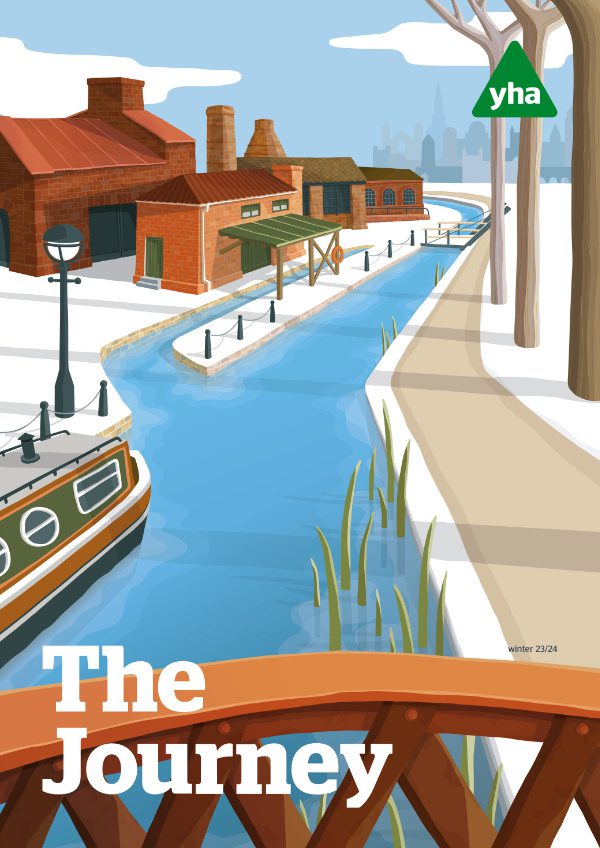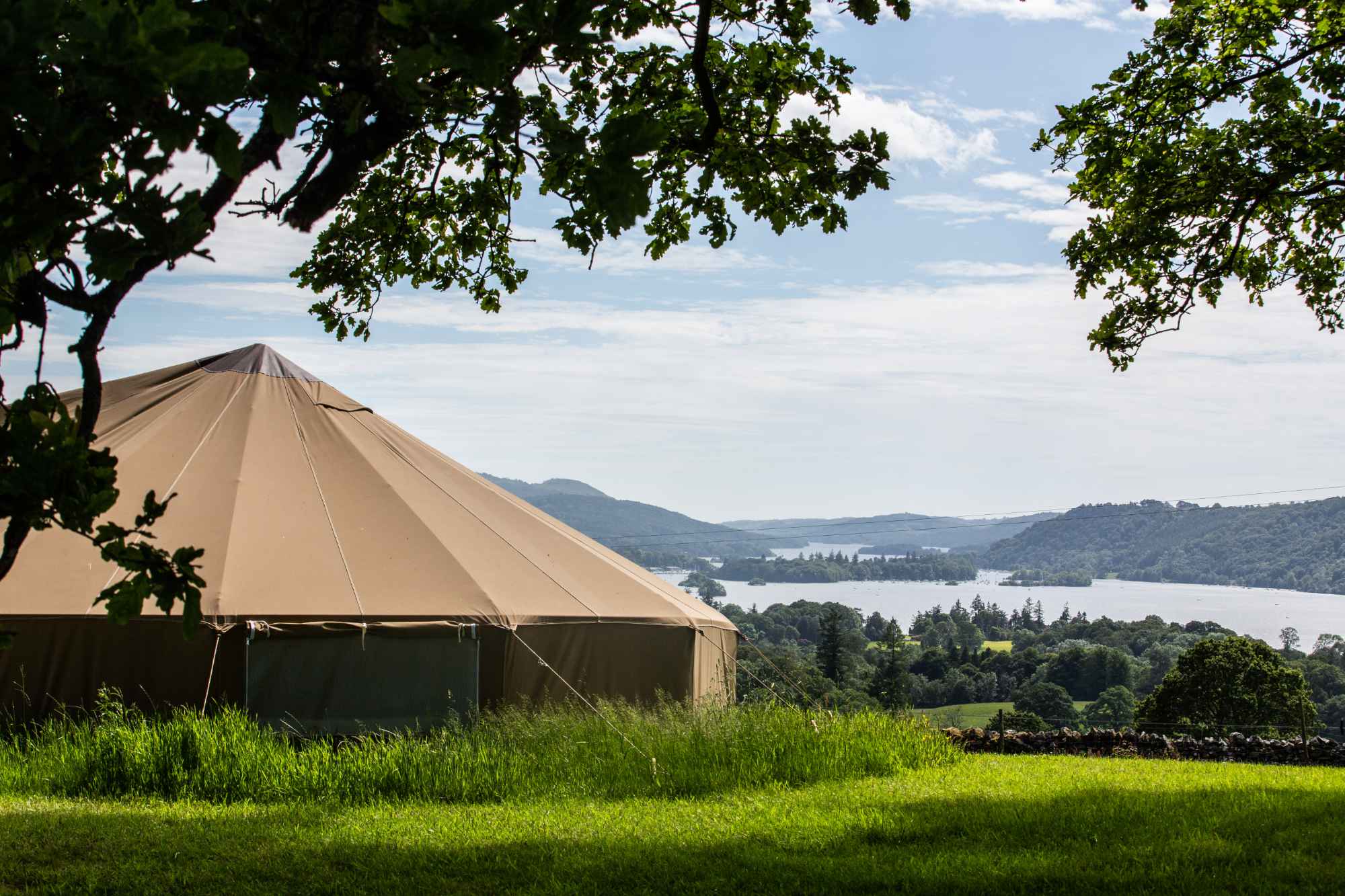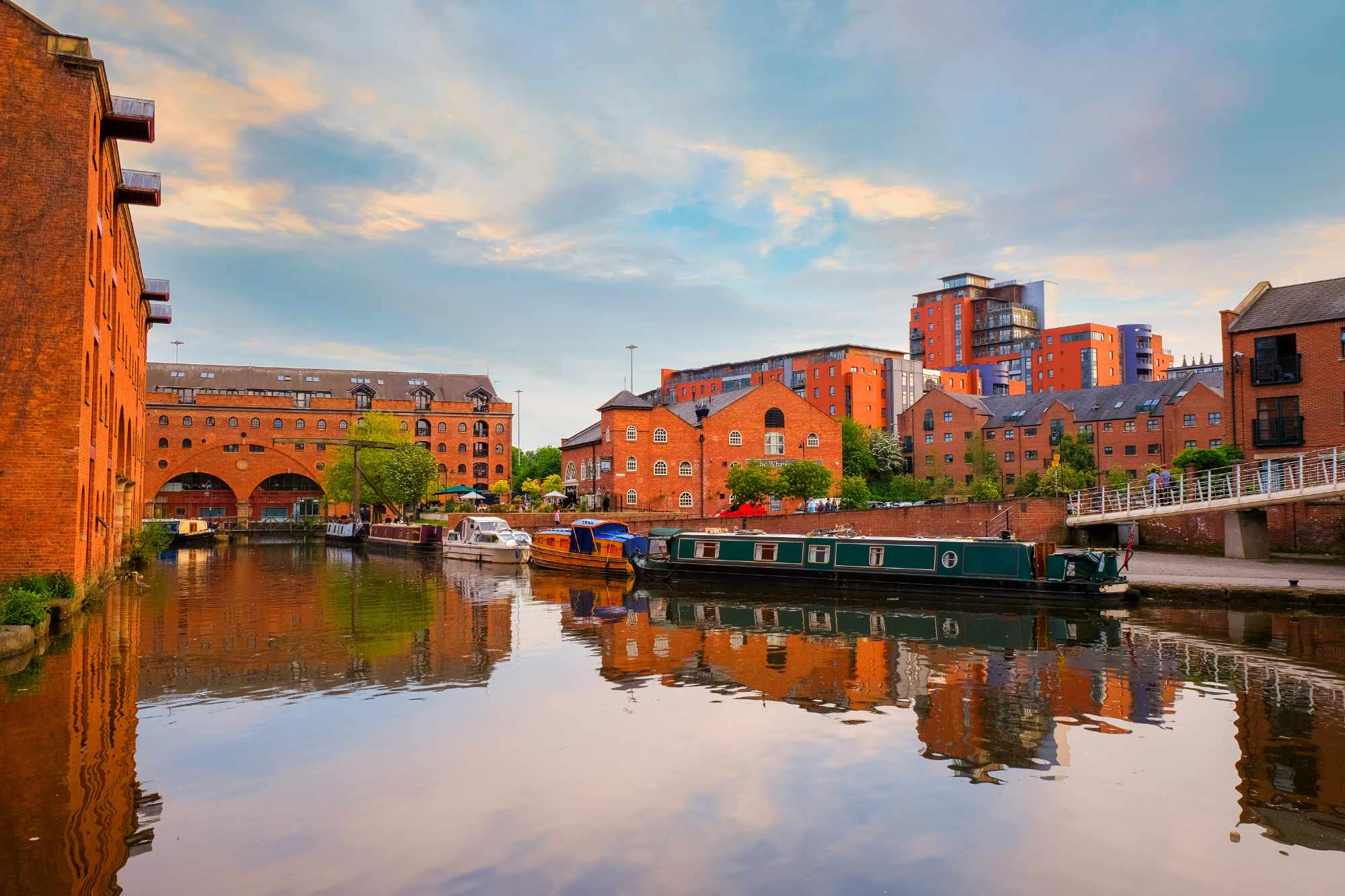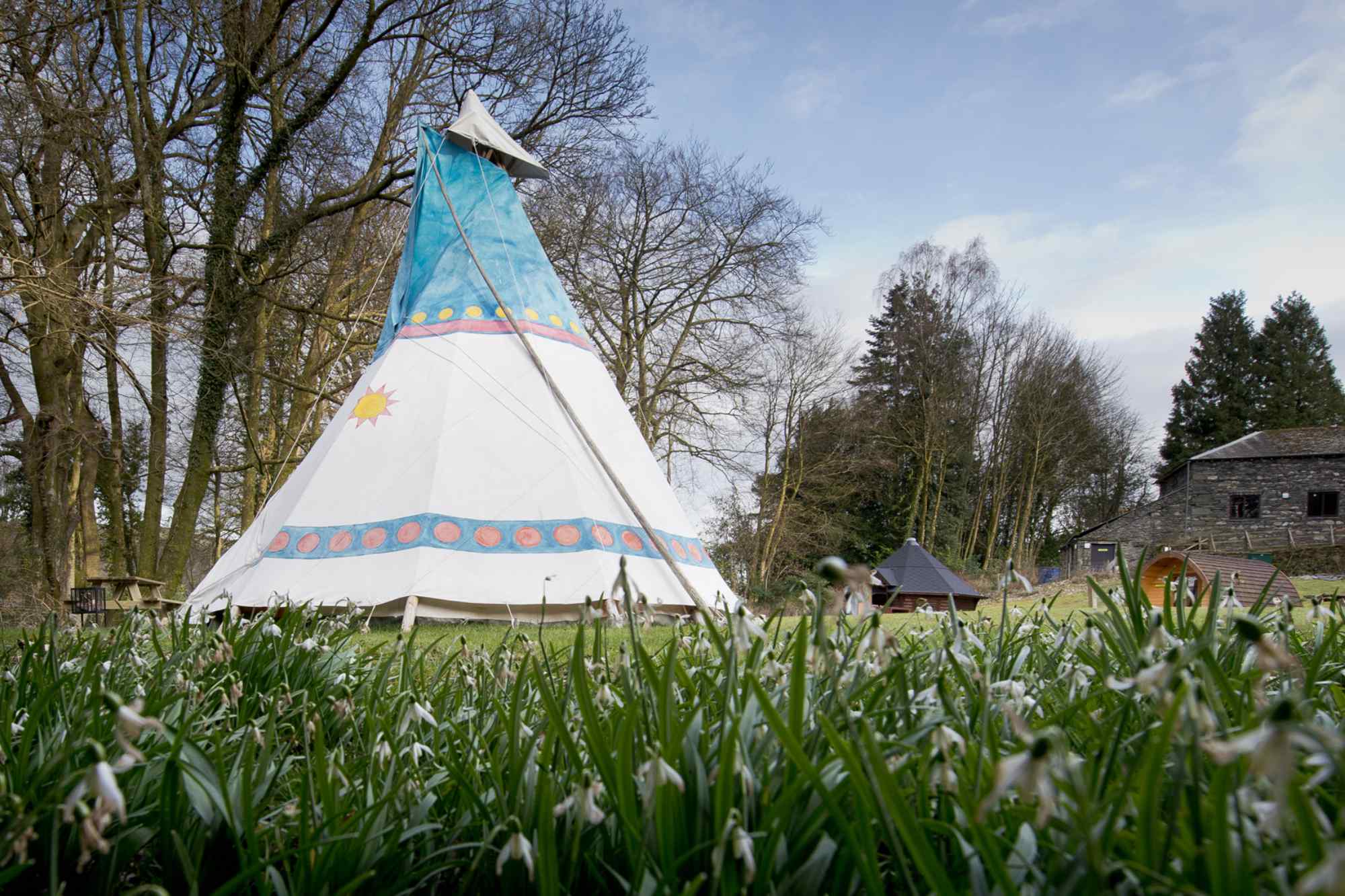We are surrounded by thousands of different types of minibeasts – there are over 30,000 species of them in the UK. Minibeasts, or to give them their more scientific (but less fun!) name, invertebrates, are tiny creepy crawlies which don’t have backbones. Some have slimy bodies, some have shells and some have a strong layer on the outside of their bodies called an exoskeleton.
A minibeast hunt is good way to get some fresh air, get up close to nature and spend some quality time together. How many creepy crawlies can you spot?
Where to find minibeasts
- Look under rocks
- In bushes
- On trees
- Flowers and leaves
- Long grass
Minibeast hunt kit list
You don’t need much to go on a minibeast hunt, but here are some things which you might find helpful to have along with you.
- Clear container to hold your minibeast while you study it
- Teaspoon to scoop up your minibeasts
- A magnifying glass, if you have one, can help you look at small details
- A checklist. You can print out this checklist or why not add an extra activity and draw each minibeast you find yourself? You might also want to bring along a notepad and pen or pencil to make notes on your discoveries.
Minibeast checklist – how many of these can you spot?
Spider
Spiders have eight legs and build webs to catch prey. There bodies are clearly divided into two sections – cephalothorax at the front which includes the head and the abdomen at the back.
Slug
Slugs have a soft slimy body and no shell. They may be grey, black or even yellowish in colour.
Snail
Snails have a soft slimy body and a hard coiled shell. The shell can vary in shape, size and colour.
Earthworm
The earthworm has a long thin body divided into segments which look like a series of rings.
Ladybird
The ladybird is a small beetle with a red body which has at least two black spots on it.
Bees and wasps
These creatures are very similar and both are identified by their black and yellow striped bodies but there are a few ways you can tell the difference. Bees have lots of fuzzy hair on their bodies (especially bumble bees!), whereas wasps are smooth and shiny. Bees also usually have a more robust body with thicker legs whereas wasps have an extremely narrow waist and thin legs.
Both bees and wasps can give a nasty sting, so best to keep your distance from these.
Ants
Ants have three distinct body sections – the head, thorax and abdomen. They also have six legs and two antennae.
Cranefly
Also known as a daddy long legs, the cranefly is grey or brown in colour, has a long thin body, wispy wings and extremely long legs.
Butterfly
Butterflies are flying insects with large wings, usually with beautiful patterns. Like all insects, they have six legs. See if you can draw some butterfly wings and colour them in yourself.
Caterpillar
Caterpillars are the larval stage of butterflies and moths. They have six legs and also five pairs of stumpy legs with little hooks that help them hang onto things. They move in a wave-like motion.
Moth
Closely related to butterflies, moths are generally nocturnal, so one to look out for during your at-home camping trip. Moths wings cover their abdomen whereas a butterfly’s wing fold vertically on their backs. A moth’s antennae are feathery whereas a butterfly’s are club-shaped; long with a bulb at the end.
Grasshopper
Grasshoppers have long back legs for jumping and two pairs of wings, as well as two antennae on their head. They also have five eyes which means that they can see to the front, side and even behind them.
Centipedes
Centipedes have flat, long bodies and are usually reddish-brown in colour. Their bodies are divided into segments with each segment having one pair of legs.
Woodlice
The common woodlouse has a smooth, shiny grey exoskeleton made up of different sections. They have 14 legs.
Be sure to note down a description of any minibeasts that you find but don’t recognise from this list. You can then identify them later on, using the internet.
Don’t forget to be kind to bugs during your hunt – always put them back where you find them and be careful when picking them up, they’re very small and can be delicate!
Discover more about YHA.














